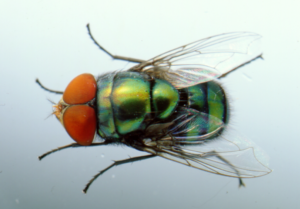Tuesday May 8th
MCZ 101, 26 Oxford Street, Harvard University
07:30 PM
Herbivorous Insects: Studies in the Evolution of Diversity
Douglas Futuyma
Department of Ecology and Evolution, Stony Brook University

Questions about coevolution, ecological specialization, speciation, evolutionary rates, and diversity apply to many or most organisms, but are dramatically exemplified by herbivorous insects, which together with their host plants account for nearly half the described species of living organisms. Professor Futuyma will recount highlights of field and laboratory studies that he and his students have pursued in trying to answer some of these questions, and he will offer some tentative answers, while yet emphasizing that puzzling problems remain.
The talk is free and open to the public. The meeting is readily accessible via public transportation. Parking is available in the Oxford Street Garage with advance arrangement, as described here, or (usually but not always) at spaces on nearby streets. Everyone is also welcome to join us for dinner before the talk (beginning at 5:45 PM) at the Cambridge Common, 1667 Mass Ave., Cambridge.
CEC meetings are held the second Tuesday of the month from October through May. The evening schedule typically includes an informal dinner (5:45 to 7:15 PM) followed by our formal meeting (7:30 – 9:00 PM). The latter begins with club business and is followed by a 50 minute entomology related presentation. Membership is open to amateur and professional entomologists.
 How can the humble maggot serve the justice system? Professor Dadour will talk about how best the humble maggot can serve the justice system, but his talk could have also been titled a “dozen things you can do with a maggot.” The first part of the talk will be a brief overview of Forensic Entomology encapsulating what it involves and how best it is used to help solve crime. The second part will endeavour to detail some of the research he and his students have conducted using insects and other arthropods, much of which stems from either criminal or civil cases.
How can the humble maggot serve the justice system? Professor Dadour will talk about how best the humble maggot can serve the justice system, but his talk could have also been titled a “dozen things you can do with a maggot.” The first part of the talk will be a brief overview of Forensic Entomology encapsulating what it involves and how best it is used to help solve crime. The second part will endeavour to detail some of the research he and his students have conducted using insects and other arthropods, much of which stems from either criminal or civil cases.

